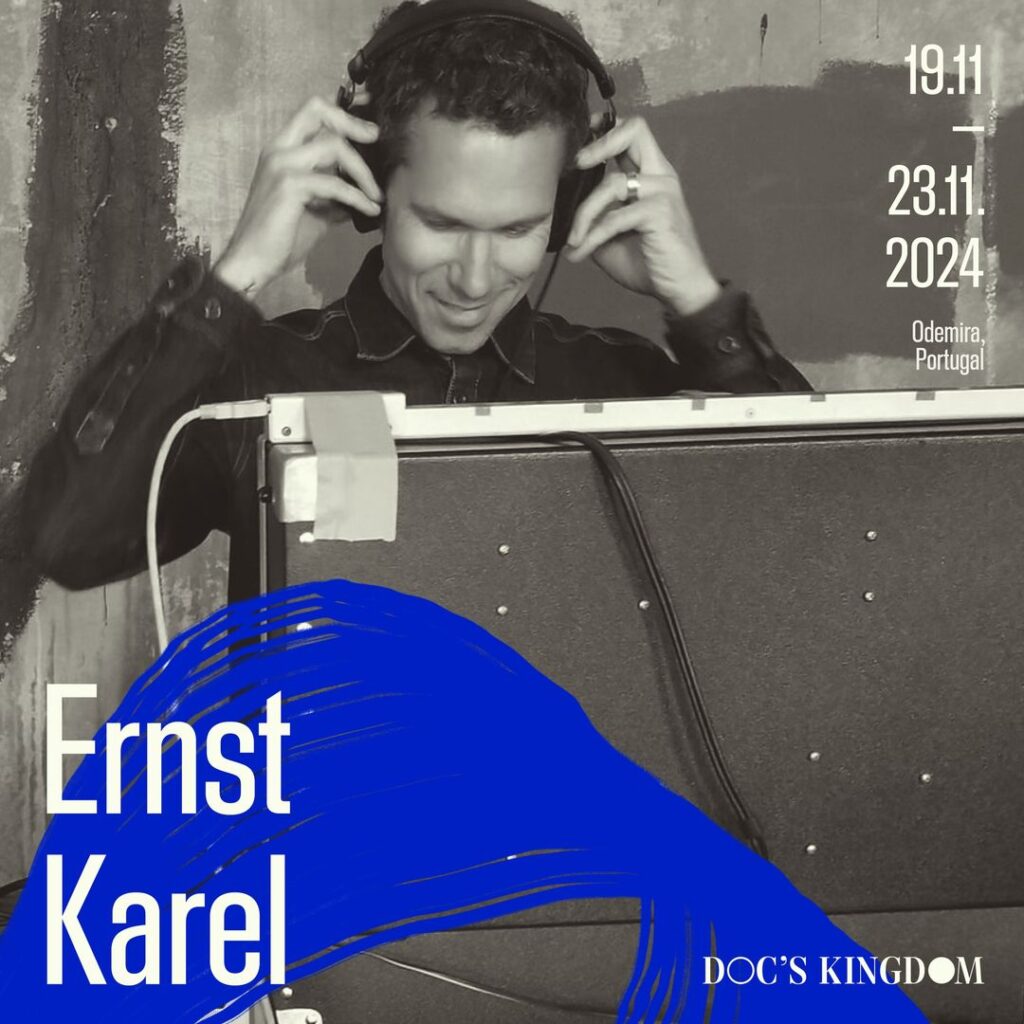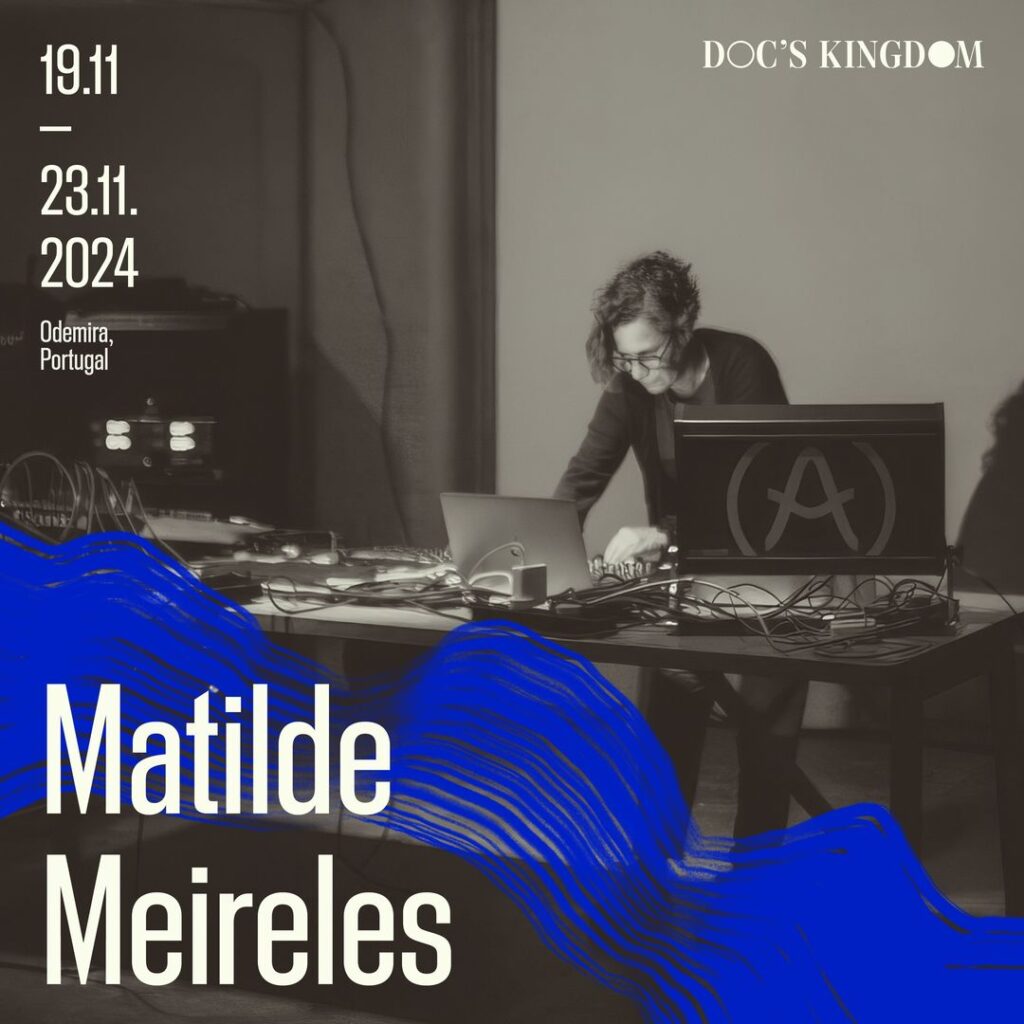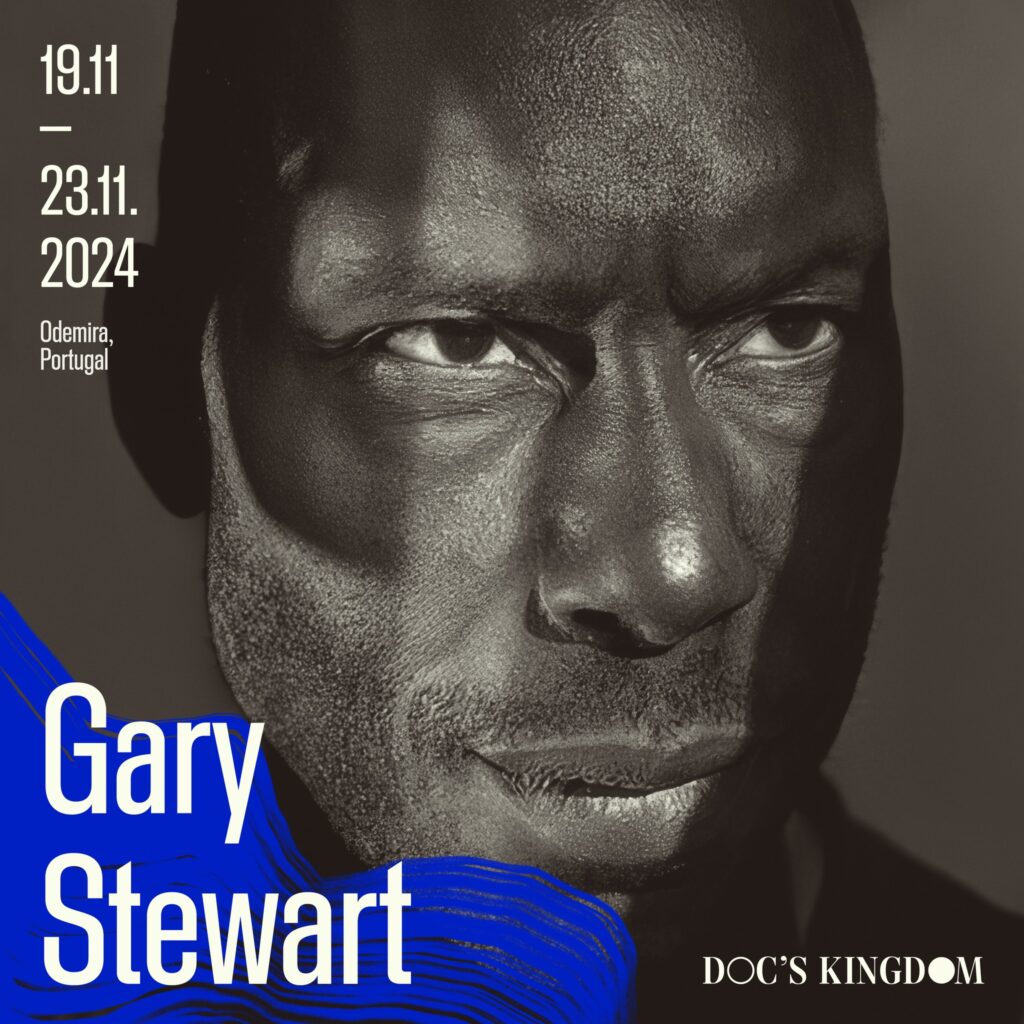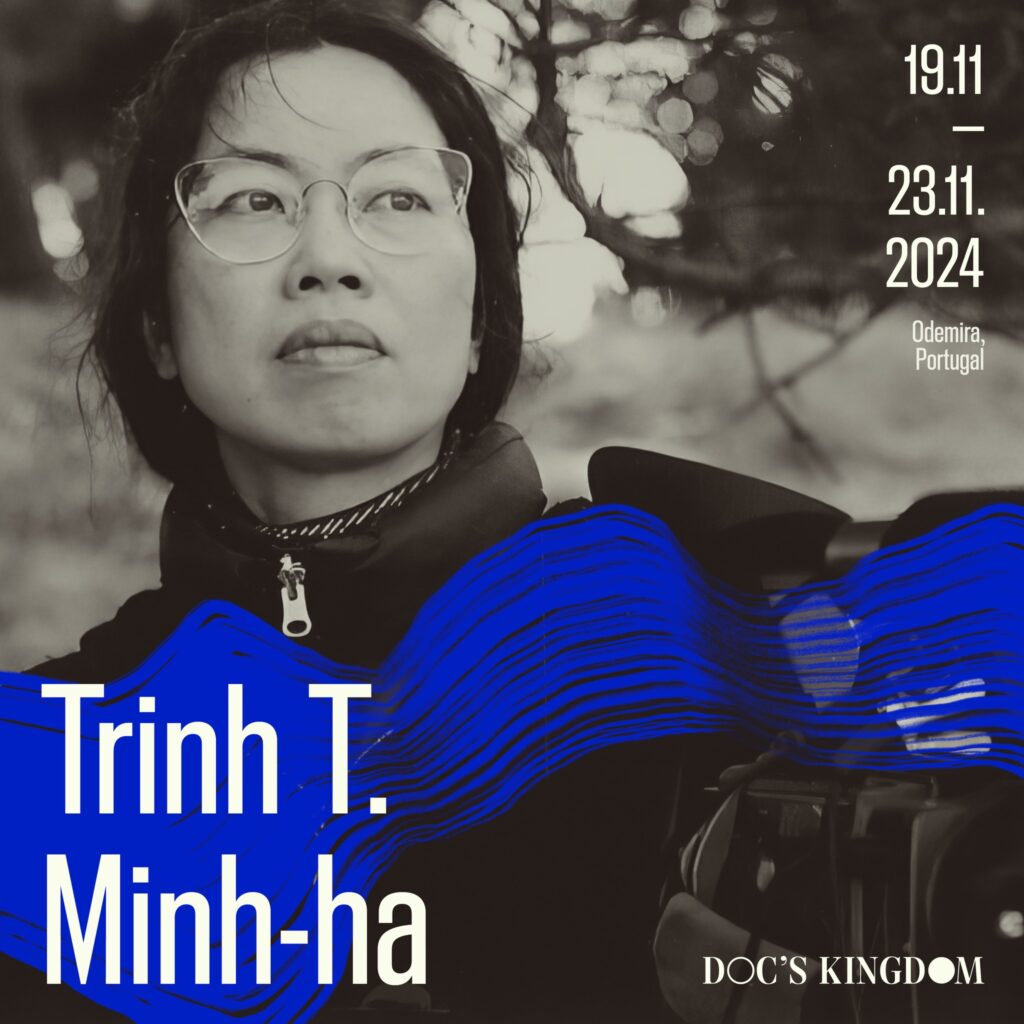Welcome to Doc’s Kingdom!
ERNST KAREL works with sound, including electroacoustic music, experimental nonfiction sound works for multichannel installation and performance, image-sound collaboration, and postproduction sound for nonfiction film and video, with an emphasis on observational cinema. He has worked alongside Lucien Castaing-Taylor and Véréna Paravel at the Sensory Ethnography Lab at Harvard, and has collaborated with artists and filmmakers such as Anocha Suwichakornpong, J.P. Sniadecki, Luke Fowler, Ben Rivers, and Hendl Mirra. As an improviser he has played and recorded with Fred Lonberg-Holm, Tim Daisy, Liz Payne and Aram Shelton among others, and with Kyle Bruckmann he forms the group EKG. Lately he works around the practice of actuality/location recording (or ‘fields [plural] recording’) and composing with those recordings, with recent projects also taking up archival location recordings. He has taught audio recording and composition through the Sensory Ethnography Lab, the Center for Experimental Ethnography at Penn, and the Department of Film & Media, UC Berkeley. He is currently an affiliate of the Center for Ethnographic Media Arts at the University of Southern California.
~
Doc’s Kingdom – Ways of Listening
International Seminar on Documentary Film
19-23 Nov 2024 | Odemira, Portugal
Registrations and more information here:




